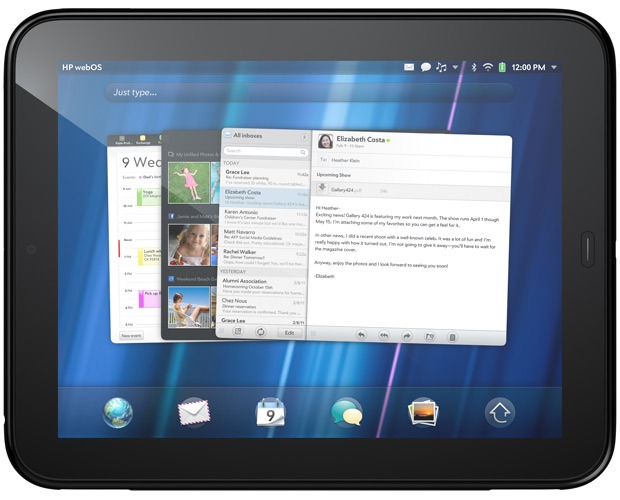A New York Times interview with Peter Loscher, the president and chief executive of Siemens, was titled “The Trust That Makes a Team Click.” Mr. Loscher talked about the importance of trust between team members. When I speak on “The Power of Collaboration,” I also address this issue — but with a slightly twist. Here are the six levels of trust as I present them:
1. Trust in yourself and in the value of your contribution
Human beings are a “teaching/learning species.” We take pride in the specific knowledge we’ve accumulated, we enjoy adding to our expertise, and we gets a psychological lift from communicating our knowledge to others. But to be a vital contributor, we must believe that our opinions and insights matter, and that our knowledge and experience are valuable to someone else. Unless people trust the innate wisdom and creativity of their ideas, there is little impetus to offer them to others.
2. Trust between team members
Well-placed trust grows out of experience and interaction – usually extended over time. (In fact, there are studies of the “mere exposure effect” which find that just seeing someone repeatedly — making them more familiar — increases our liking and trust of that person.) Effective team leaders have learned that the time to get to know one another and to build valuable “social capital” at the beginning of a project leads to building trusting relationships that pay off in increased productivity later on.
3. Trust in the team’s leader
Regardless of the overall corporate culture, individual managers and team leaders can create mini-cultures of trust within their own work group or staff. The best of these leaders do so by taking the time and effort necessary to make people feel safe and valued. They emphasize team cohesiveness while encouraging candid and constructive conflict. They set clear expectations for outcomes and clarify individual roles. They help all members recognize what each of them brings to the team. They tell stories of group successes — and the lessons learned in failures. They share the credit and the reward or recognition. And, most of all, they encourage everyone’s input, using body language that projects openness, inclusiveness and respect.
4. Trust in the importance of the project
People are not likely to care about collaborating on projects they feel are unworthy of their contribution (a derisive term for this kind of project is WOMBAT — Waste Of Money, Brains And Time). Conversely, human beings are more willing to share information when there is a compelling, emotional reason to do so, or when working on a project they believe has real meaning and importance. Part of the leader’s role is to clearly illustrate the organization’s crucial business need for the fruits of a team’s collaboration.
5. Leadership’s trust in employees
People learn what is important to leaders by the behaviors they see modeled by those leaders. Too often, there is a leadership “say-do” gap around the area of trust. People hear leaders asking for participation and then using exclusionary and dismissive body language that clearly shows they are uninterested in other opinions. Employees hear leaders saying that knowledge sharing is essential, but they don’t see leaders trusting them by being candid and forthcoming.
6. Trust in the collective genius
Human beings thrive in collaborative relationships. Given the right context, they can do great things together. There is a phenomenal sense of accomplishment in achieving as a group what could not have been achieved as individuals. But that won’t happen unless everyone on the team understands and trusts that none of us is smarter than all of us.






